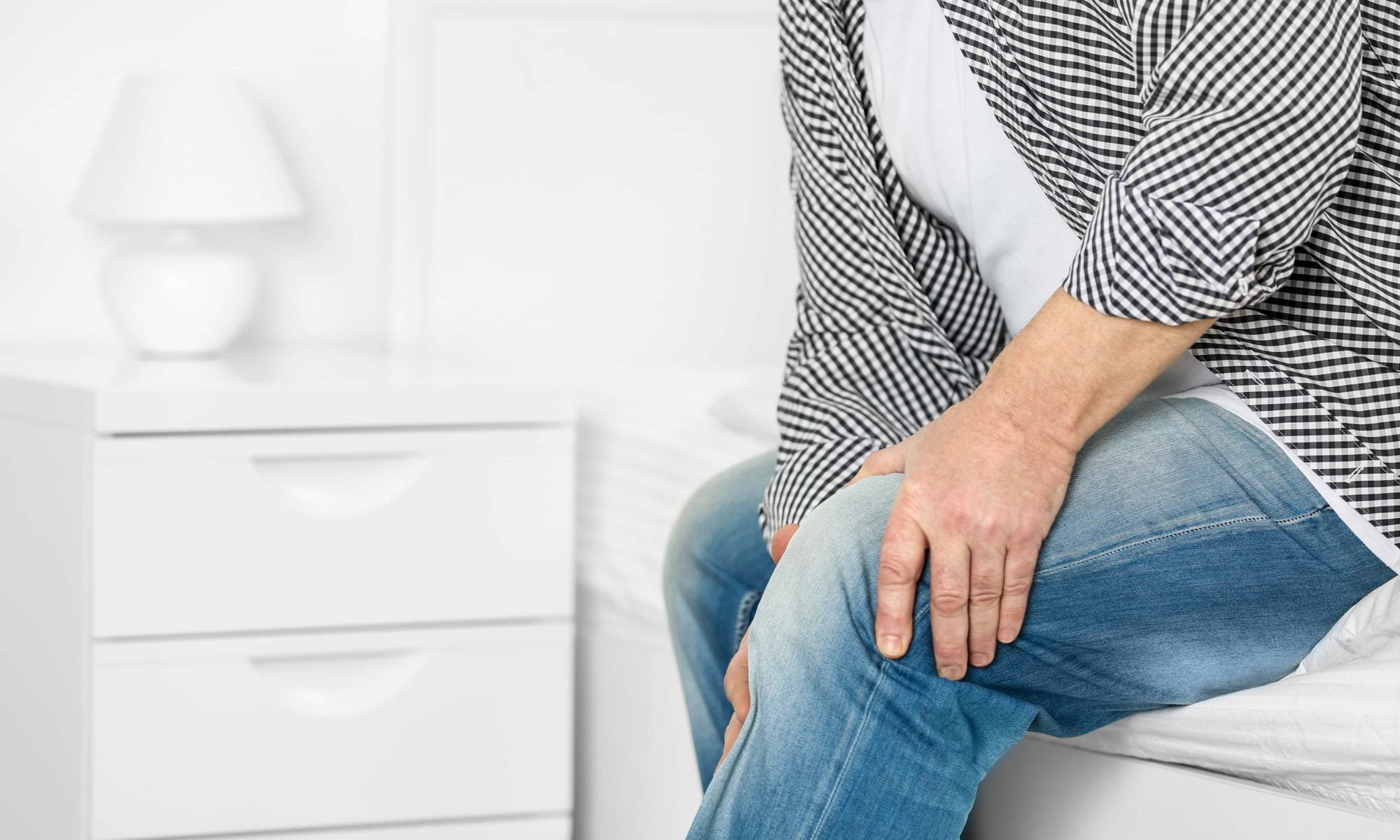
Osteoarthritis occur when the cartilage wears away, causing bones in the joints to rub against one another, which lead to increased friction, pain, swelling, and stiffness for the patient. Twenty years ago, it was largely believed that this disease only affected the geriatric population; however, an increasing number of patients in the thirty to fifty years age group are now being diagnosed with osteoarthritis. Though not fatal, osteoarthritis can lead to severe functional limitations, a decrease in the quality of life, or even cause a patient to be permanently bed-ridden.
This is the bane of modern life. It is common all over the world not just in south Asia. People all over the world are becoming inactive, using their cars and walking less. This leads to weight gain, decreased muscle and bone strength.
In India, growing obesity rates, vitamin D deficiency, jobs that involve kneeling, squatting or lifting heavy loads and untreated joint injuries are major factors that can lead to osteoarthritis, affecting almost 15 million people each year. The Indian population, in general, is more vulnerable to osteoarthritis than people from other parts of the world because of a genetic predisposition toward weaker bone and muscle strength.
Osteoarthritis is degeneration of joint cartilage and the underlying bone (weight bearing components) by varying degrees of functional limitation. It can present as localized, generalized or as erosive osteoarthritis. Osteoarthritis most often occurs at the knees, hips, neck, lower back, small joints of hands and feet. Osteoarthritis (OA) is the second most common rheumatological problem and is the most frequent joint disease with prevalence of 22% to 39% in India.
Osteoarthritis was long believed to be caused by the “wear and tear” of joints over time. Here are some of the factors that contribute to the development of OA: Know More
Symptoms of osteoarthritis vary, depending on which joints are affected and how severely they are affected. However, the most common symptoms are pain and stiffness, particularly first thing in the morning or after resting… Know More
Since there’s no cure for OA, prevention is your best choice. You can lower your risk by: Know More
